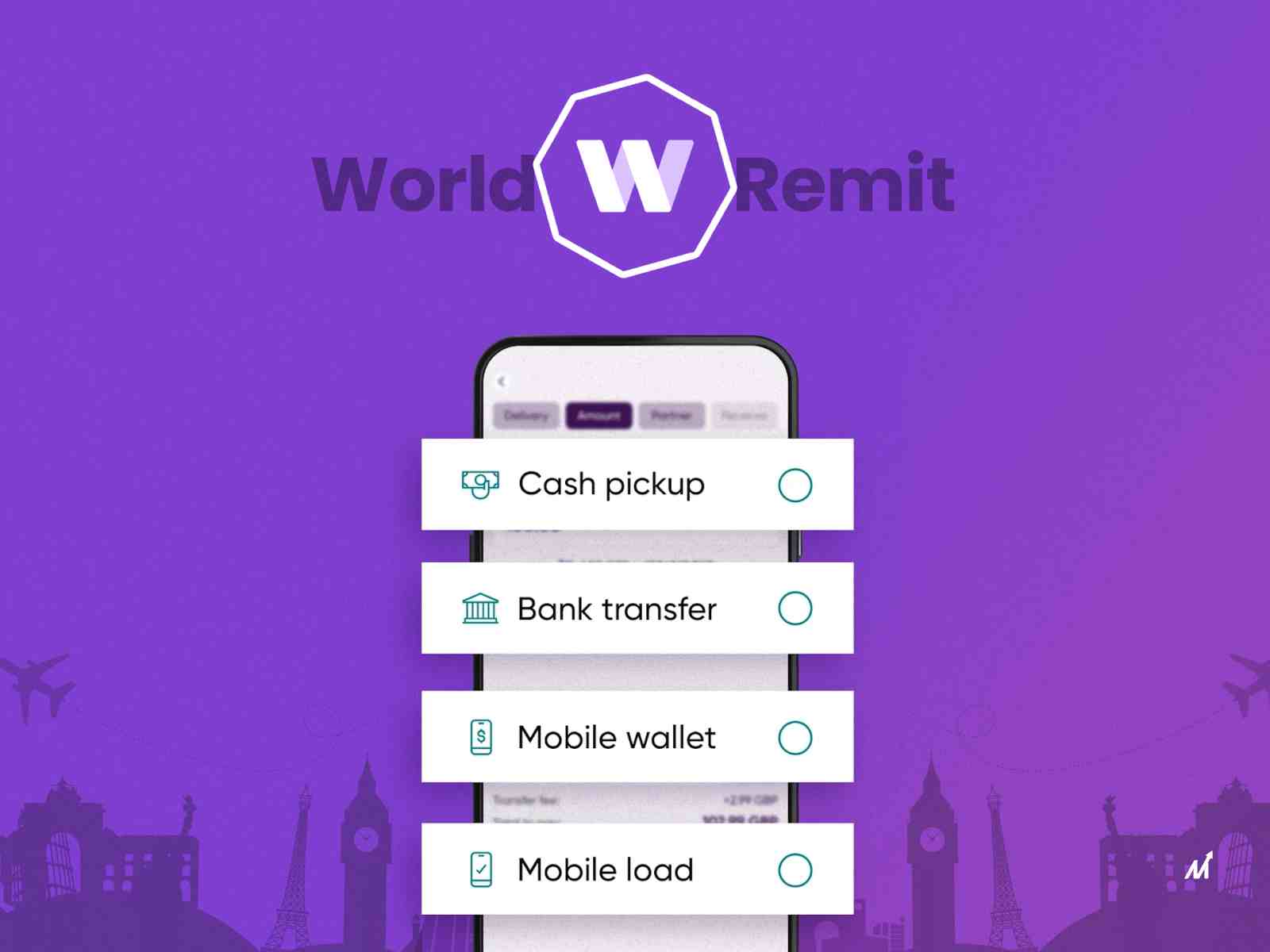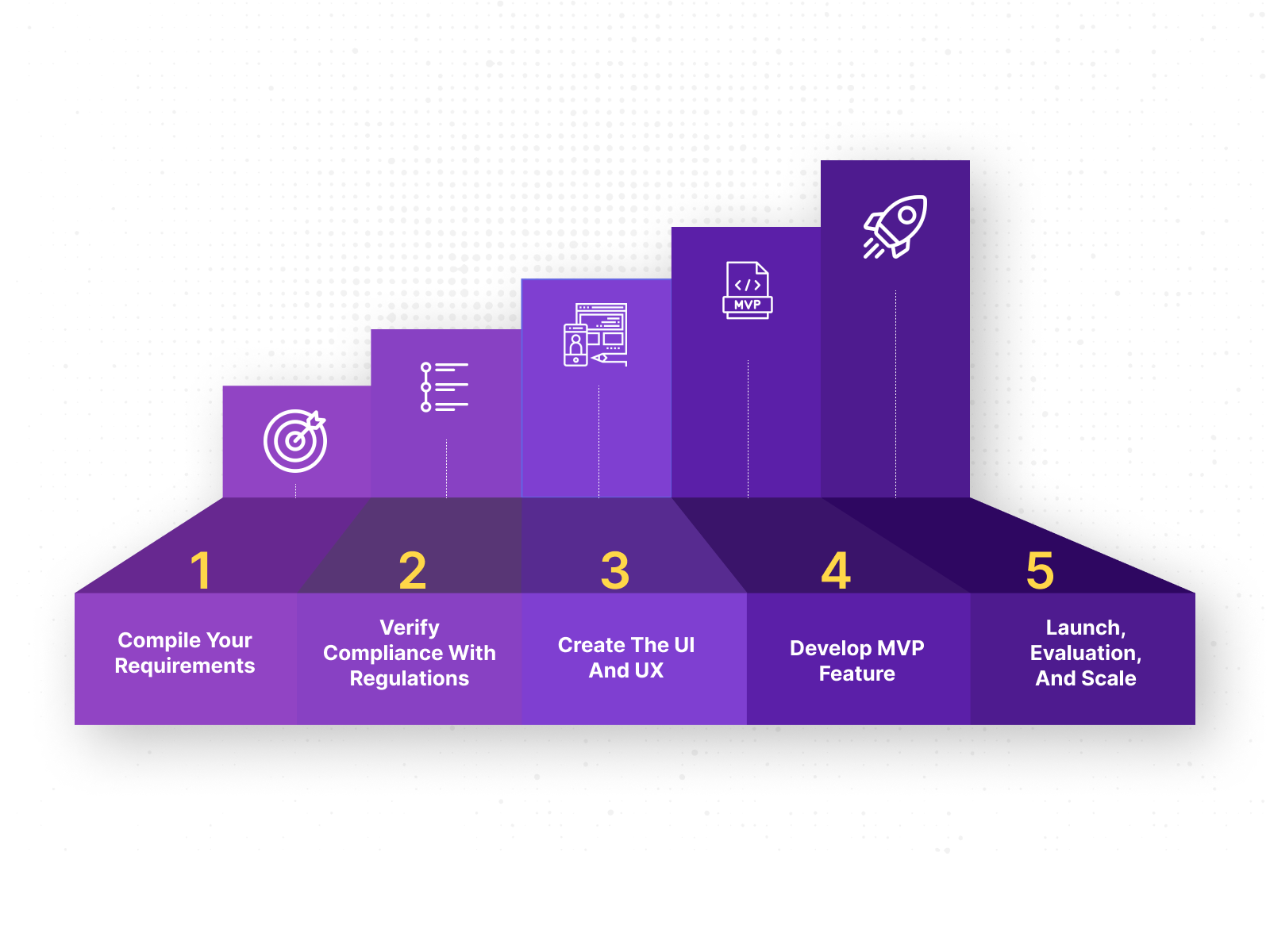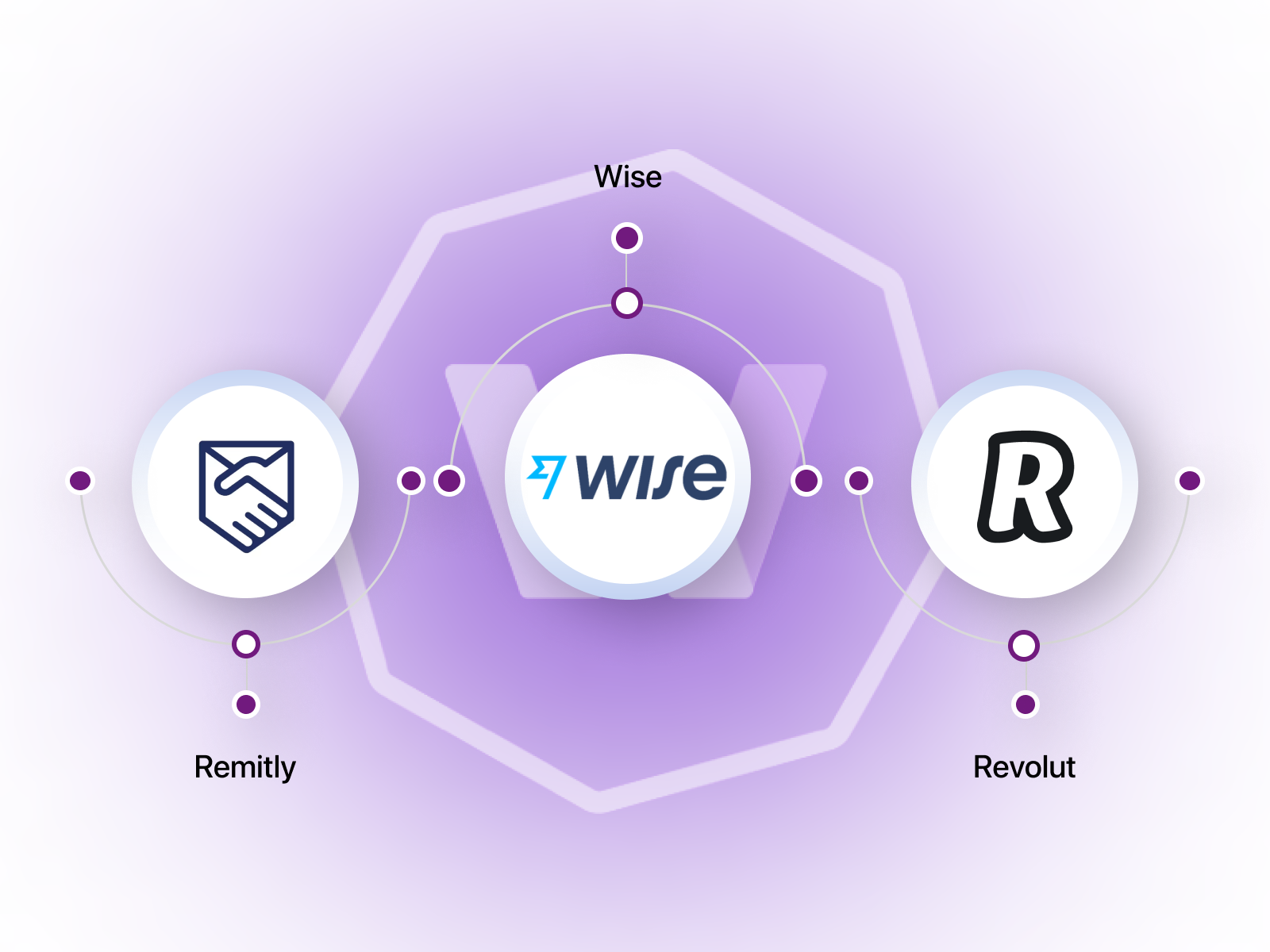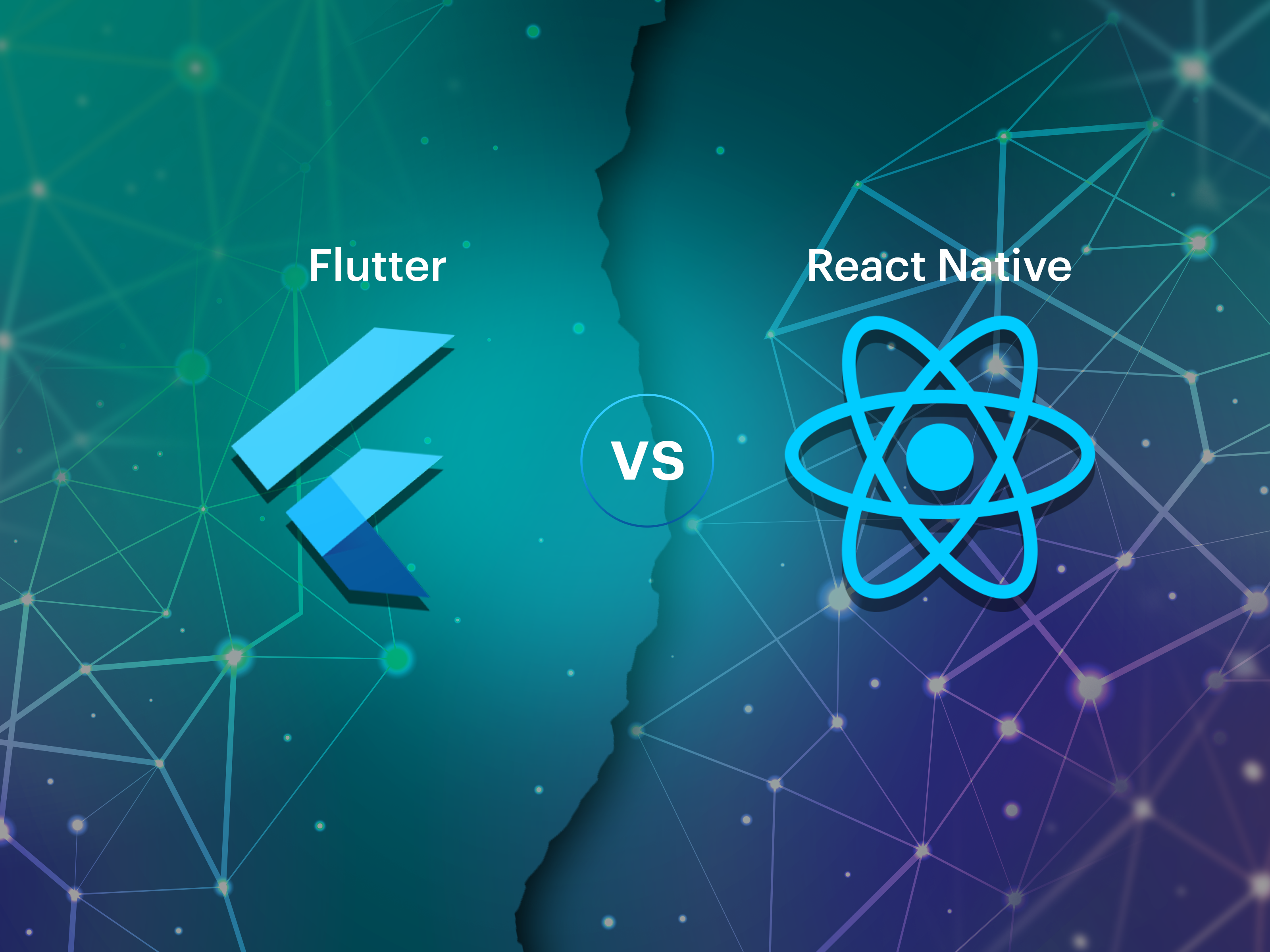Payment App Development: Facts & Stats
Traditional banks are gradually losing customers due to their complexity and lines. Digital solutions like payment apps are gaining popularity at the same time. And it’s not shocking, either! The global digital finance business is expanding with a wide range of apps—personal financial apps, online banking apps, money transfer apps, etc. From 2021 to 2026, the payment app market is expected to grow by 23.8% per year; therefore, now is the ideal time for payment app development.
In the United States, most people actively use smartphones for daily transactions. More than 200 million users fall under this category. By 2023, researchers estimate that 52.5% of smartphones sold in the United States alone will conduct at least one financial transaction. As a result of their quick and easy operation processing, payment services are becoming increasingly popular.
- The most promising peer-to-peer payment options include standalone p2p mobile apps, transactional platforms, crypto-based p2p mobile wallets, and messaging-based payment apps.
- An agile team with experience, prototyping, and the release of an MVP with a trackable referral program are crucial elements for successful payment app development.
As a result, we have decided to provide information concerning payment apps and a step-by-step process for developing one.
Payment Mobile App: Overview
A money transfer or payment app is a type of app that enables users to send money to others without using a bank account or credit card. Additionally, it allows users to exchange currencies and bank transactions using cashless payment methods.
How Do Payment Apps Work?
Although they appear to be quite simple to end users, payment apps are pretty complex. Let’s take a closer look at how the payment app functions.
Digital wallets are typically included in payment apps that allow users to store money that will later be used for transfers and payments domestically or internationally. If both parties use the same payment app, they can send money to one another by specifying the recipient’s email address or mobile number. The money sent is debited from the sender’s wallet and credited to the recipient’s wallet.
In cases where a bank account or credit card is involved, encrypted data will be sent to the payment processor, credit card issuers, or banks for verification that the required amount is in the sender’s account.
Payment App Development: Must-Add Features
Payment applications offer a range of capabilities that can be useful for both consumers and businesses. These apps make sending money to friends, family, and other connections quick and straightforward. To save users from having to use cash or spend hours paying their bills in person, they also provide the opportunity to pay bills, acquire airtime, or make in-app purchases. The following is a list of the most important.
1. Digital Wallet
The ability for end users to store, transmit, request, withdraw, and top up funds makes it the brain of the P2P payment system. Given that VISA and Mastercard cover the majority of nations and banking institutions, integrating their payment tokenization services is essential. These services also offer users of the app out-of-the-box capabilities, saving money on peer-to-peer P2P payment app development.
2. Request & Send Funds
Users of payment apps carry out two essential tasks: transferring and requesting money from other users. Due to this, a robust payment gateway is an absolute necessity for the app to accept transactions securely and quickly.
3. Send Invoices/Bills
Most companies and individuals frequently ask for a transaction invoice or bill to confirm that the sender has completed the money transfer operation. Therefore, businesses should build and provide users with an intuitive option for creating bills and invoices that support the most widely used file types, including PDF, email-centric, and in-app. A simple method for sharing the created bills and invoices with the recipient is also implemented.
4. Expense Tracking
By assisting users in more effective money management, this feature delivers value. It entails categorizing all transactions by volume, status, location, etc., and visualizing them. Users will benefit from superior UX and the opportunity to maximize their expenditure in this manner.
5. Online ID Checks
Payment apps frequently include online ID checks since they safeguard both the sender and the recipient. The sender and the recipient may be guaranteed that their information is being delivered safely and that no scams or fraudulent activities will occur. There is no need to meet in person or exchange phone numbers thanks to payment apps with online ID verification.
Essentials To Consider While Payment App Development
1. Avoid Storing Card Information
Even though it might seem obvious, it’s vital to ensure that the user’s debit/credit card information is not saved when shopping online. Many of us preserve the information to prevent having to enter everything again from scratch in the future and to facilitate quicker payments. To minimize the danger of identity theft, it is advisable to remove the card details after making any online transaction.
2. For Transactions, Make Use Of A Private Window
The best way to protect yourself when making digital payments is to avoid dubious apps and websites and only use legitimate, trusted apps recommended in the app store.
3. Never Exchange Passwords
Although specific advice, it is essential to safeguard financial stability. To prevent cyberattacks, users’ internet banking passwords must be secure, never shared with anybody, and frequently changed. Additionally, let the bank know if you ever receive a bogus call from someone requesting information like passwords or ATM PIN. Further, it would be ideal for transactions using one-time passwords (OTP), as these are more secure.
Payment App Development Like WorldRemit: Steps To Create
1. Compile Your Requirements
Choose the payment gateway app you want to use before developing a payment platform. Decide what features your MVP must have to convey to end customers the real benefit of your peer-to-peer payment application. The list of essential characteristics will aid developers of money transfer applications comprehend technical aspects.
2. Verify Compliance With Regulations
Many nations have tight regulations governing the fintech and peer-to-peer payment industries. Ensure that the app complies with all PCI-DSS, or Payment Card Industry Data Security Standard, requirements. Do an extensive study on the area businesses wish to release their app.
3. Create The UI & UX
The interface is your customers’ first and most crucial point of contact. To discover the golden means of engaging with clients, businesses should create something distinctive yet straightforward. We advise creating clickable prototypes, mockups, or wireframes that depict the ultimate user flow to improve the user experience.
4. Develop MVP Features
Once your design is complete, you may implement the chosen MVP features. Based on their experience and track records, consider businesses that have experience creating payment apps. Follow these straightforward guidelines if you hire a business to develop a payment platform. They will assist businesses in making the best provider decision and in payment app development.
5. Launch, Evaluation, & Scale
Businesses should launch their app and deploy the updated version to production as soon as its features and design are complete. The main objective here is to use early customer feedback to validate the concept of your project. This is typical because your main objective is to turn the minimal viable product into a fully functional mobile payment system via payment app development.
More Examples Of Payment Apps
The fact that WorldRemit is among the best ways to send money abroad cannot be disputed. It provides far better conversion rates than the bank and has a sleek, user-friendly interface that makes sending payments faster and more convenient.
However, not everyone will find using WorldRemit to be the ideal choice. There are other choices to examine whether WorldRemit doesn’t send money to the location users want it to or if they believe they can find lower costs and currency rates elsewhere. Remitly, Wise, and Revolut are the top three WorldRemit-equivalent applications.
1. Remitly
Remitly is a US-based digital remittance app that frequently offers Monito users the quickest and most affordable money transfer options. It provides currency transfers to more than 85 countries worldwide, just like WorldRemit, but it’s frequently 2 to 5 times less expensive!
2. Wise
Wise is a popular platform for international money transfers that is inexpensive and easy to use as a replacement for foreign bank transfers in recent years. It routinely top Monito’s list of the least expensive ways to send money internationally. The Wise money transfer service is ranked among the best on Monito overall (compare WorldRemit’s 7.7/10 to Wise’s 9.5/10 on our Monito Score ranking), and its mobile app is rated as the best money transfer app. It supports transfers to dozens of foreign currencies worldwide, just like WorldRemit.
3. Revolut
A well-known name in online banking, Revolut is a fintech company with 12 million users worldwide. Revolut offers some of the most competitively priced international money transfers available anywhere on the market, in addition to its mobile banking app and other smart features (you must sign up to make transfers).
Payment App Development: How Much Does It Cost?
Users can send and receive payment transfers electronically using this application. Although there are many different app categories, they all can send and receive payments swiftly and conveniently. The cost of building will vary based on the features and functionality you need. A straightforward solution might be created for as low as $5,000, although a more complicated system with more capabilities may cost as much as $50,000. The app’s price will be influenced by several variables, some of which are:
- The currencies that the app must support
- Number of languages the app needs to support
- The number of platforms the app needs to support (iOS, Android, web, etc.)
- Payment methods (credit/debit cards, bank transfers, cash) the app needs to support
The cost of the payment app can vary based on these factors.
Payment App Development: Markovate’s Take
Briefly stated, the new ideals of digital financial services are laying the groundwork for widespread acceptance in the future. Financial services are increasingly being provided through digital channels focused on the consumer. The most widely used technologies also give new significance to developments in the construction of payment apps.
It’s critical to remember that sending money abroad is never free and that every currency transaction carries a fee. Money transfer services are not all created equal; some have far cheaper prices than others. Utilize a minimal viable product to ensure that the app is profitable. Each of the app’s essential features will be included. Additionally, it displays to users what they may expect from the finished product. The MVP can also be utilized to draw in investors.
Still have concerns? Markovate has been actively putting business concepts into code and offering answers to difficulties in the real world. Our professionals might streamline the intriguing process of developing a payment app. Online commerce is possible, and conventional banking is already digital. Ready to create a product that resembles the WorldRemit app?
Payment App Development: FAQs
1. How much time does it take to build a payment app like World Remit?
Although it is difficult, creating an application has several advantages. Based on the complexity of the software, the entire development cycle before launch can take anywhere between 4 and 6 months. Many businesses invest up to 10 months in the creating phase because they do additional research.
2. How does World Remit differ from PayPal in terms of technology?
Currently, PayPal only transfers funds to other PayPal accounts or bank accounts. Transfers to bank accounts, mobile wallets, cash pick-ups, airtime top-ups, bill payment, Alipay, and door-to-door delivery are all available through WorldRemit. Due to its lower fees, better exchange rates, and increased payment and receiving options, WorldRemit triumphs in every manner. And due to its percentage-based fee structure, PayPal is still a good choice for transfers under $300 or £200. Due to its set costs and superior currency rates, WorldRemit is better for money transfers over $300 or £200.








